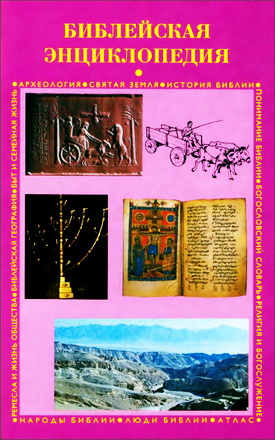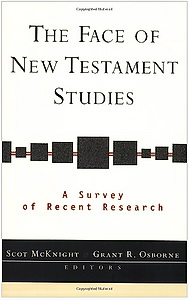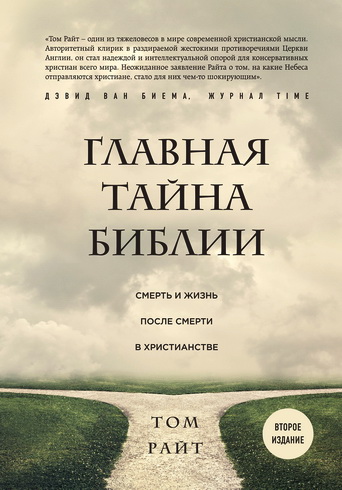
McKnigh - The Face of New Testament Studies

One of the editors of this volume has a friend who is a touring professional golfer, Kermit Zarley. He once asked Kermit a question about putting. What Kermit said was impressive indeed, but the editor had no idea what he meant by his careful description. And it certainly did not help the amateur in his amateurish putting. Many students of the NT are similarly bewildered in reading commentaries, monographs, and journal articles. They ask, “Who is this scholar? What is that movement of scholarship about? Where do I find that source? How can I figure out what is going on?” But it is not just students who are bewildered by the intricacies and delicacies of scholarship. Fellow scholars are often bewildered by their comrades in pens! What the Jesus scholar says can be totally perplexing to the Pauline scholar and to the Johannine scholar and to the Petrine scholar and to the scholar of the Letter to the Hebrews, to name but a few.
The Face of New Testament Studies
A Survey of Recent Research
Edited by Scot McKnight and Grant R. Osborne
Published by Baker Academic
a division of Baker Publishing Group
P.O. Box 6287, Grand Rapids, MI 49516–6287
The contributors to this volume provide “macroscopic” overviews of the field and give students a handle on the most important voices in the discipline. Our purpose in this companion to The Face of Old Testament Studies (ed. David W. Baker and Bill T. Arnold) is to provide students and scholars alike with a handbook of “what is going on” in NT scholarship.
What is going on is mentioned briefly in the first paragraph: NT scholarship is neatly divided into groups of scholars who (to continue with our athletic metaphor) are sitting in their respective and highly respected (!) box seats in the front row of the “game of scholarship.” They tend to chat only with those nearby, but they know scholars who are sitting elsewhere. There are special sections for historical Jesus scholars, scholars on individual Gospels (Matthew, Mark, Luke, John), some generalists on the Synoptic Gospels, Pauline scholars, scholars of early Christian history, Petrine scholars (with a very few who focus on Jude or 2 Peter), scholars on the Letter to the Hebrews, Johannine literature scholars, and experts on the Apocalypse (Revelation).
Surrounding these boxed sections are other scholars who watch from their own special seats. Some are grammarians of NT Greek, who have mastered the Greek language, or NT textual critics, who study the thousands of ancient manuscript witnesses to the NT text. Others focus on (what used to be called) “backgrounds”—they know the OT (and how it is used in the NT), Jewish sources (OT apocryphal or pseudepigraphical writings, the Dead Sea Scrolls, or the various layers and types of rabbinic literature), archaeological/epigraphical sources, or Greco-Roman sources. Others apply modern theories of knowledge (say, sociology) to ancient texts. And then there are the very few who sit in the upper deck and discuss NT theology and whether one “does NT theology” by synthesizing the various authors or by setting them all out in separate boxes. This, then, is how the seats are organized around the scholarly field of NT studies.
The most intelligent way for students to find out what is going on, at the specific level, is to read New Testament Abstracts (to name but one abstracting source) and to read the best studies firsthand. New Testament Abstracts, published three times per year, “abstracts” virtually all journal articles and books that appear in a given year. The volumes now average about two hundred pages, and combined they abstract some two thousand articles and around a thousand books per year. Each abstract is a short paragraph. A year with NTA does not a scholar make, but it makes a student aware of what scholars are doing. However, it is often wiser for the student to get the bigger picture before plunging into the intricacies of scholarship, and we seek to provide that bigger picture in this volume.




Комментарии
Пока нет комментариев. Будьте первым!